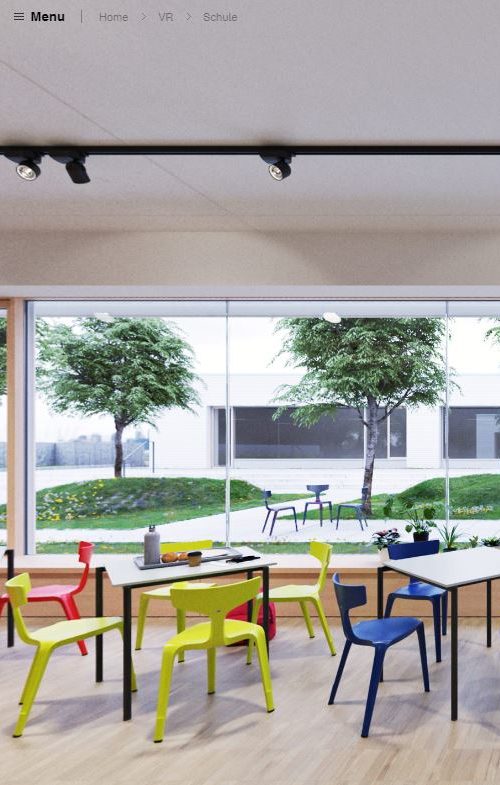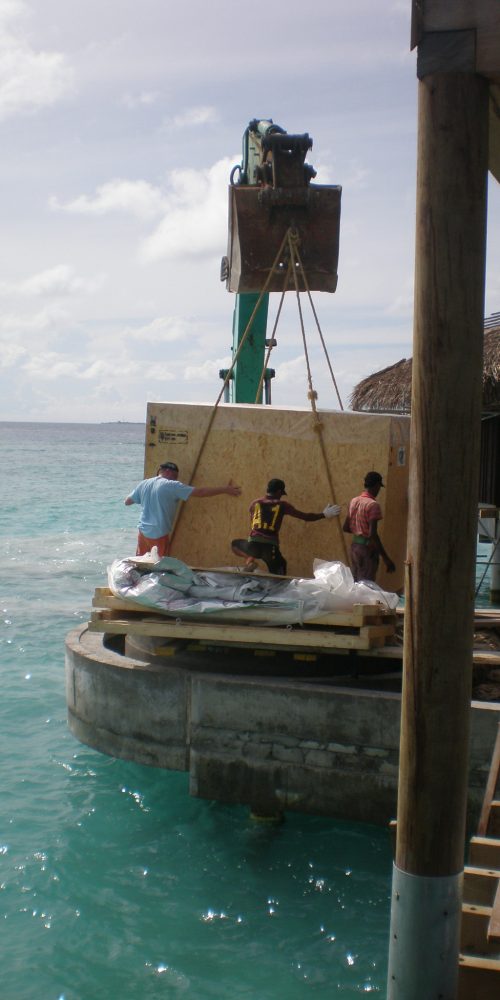In 2002, the IPPC (International Plant Protection Convention) agreed on a standard for phytosanitary measures for wooden packaging.
This resulted in ISPM 15 (International Standard for Phytosanitary Measures).
In 2002, the IPPC (International Plant Protection Convention) agreed on a standard for phytosanitary measures for wooden packaging.
This resulted in ISPM 15 (International Standard for Phytosanitary Measures).
When exporting/importing to/from non-EU countries, wooden packaging with a thickness of 6 mm or more must be treated.
Treated wooden packaging must be marked according to a specified layout. (IPPC stamp)
Protecting native forests from potential pests, nematodes.
As well as for the international harmonisation of import regulations.
During HT treatment (heat treatment), the wood products are heated in a drying chamber, and the temperature at the core of the wood must reach 56°C over a period of 30 minutes.
The function of the drying chamber is subject to strict and precise controls by the regional council, with inspections taking place annually.
Among other things, the temperature sensors, the fan, the insulation and the treatment plan are put to the test.
The entire process is also checked, from storage to the marking of the goods.
The marking must be legible, permanent and visible, preferably on two opposite sides, and must not be hand-drawn.
Heat-treated wooden packaging has roughly the same moisture content as before treatment and is therefore just as susceptible to mould or blue stain fungi as before.
To prevent mould as far as possible, both fresh and treated goods must be stored correctly.
Neither mould nor blue stain affects the technological properties of the wood.
The treatment is unlimited in time; the IPPC stamp does not ‘expire’.
Although fumigation with methyl bromide is a permitted treatment under ISPM 15, it is prohibited in Germany and now also in the EU.
This means that our IPPC goods are not ‘fumigated’ but heat-treated.
No, because wood-based materials are not solid wood and are manufactured using adhesives, heat or pressure.
Provided that the entire wooden packaging consists of wood-based materials and does not contain any solid wood with a thickness of more than 6 mm.
By affixing the IPPC mark, a plant health certificate becomes superfluous, as the mark indicates that internationally recognised phytosanitary measures have been applied.
NIMP 15 is the French equivalent of ISPM 15.
No, drying significantly reduces the moisture content of the wood (to below 20%), whereas heat treatment leaves the moisture content virtually unchanged. Heat treatment is used to destroy any pests and their larvae.


We have everything.
Let us advise you, we look forward to hearing from you!
 Major project: School furniture to combat coronavirus on pallets from HPN
Major project: School furniture to combat coronavirus on pallets from HPN
 5S in the workplace
5S in the workplace
 Off to the Maldives!
Off to the Maldives!